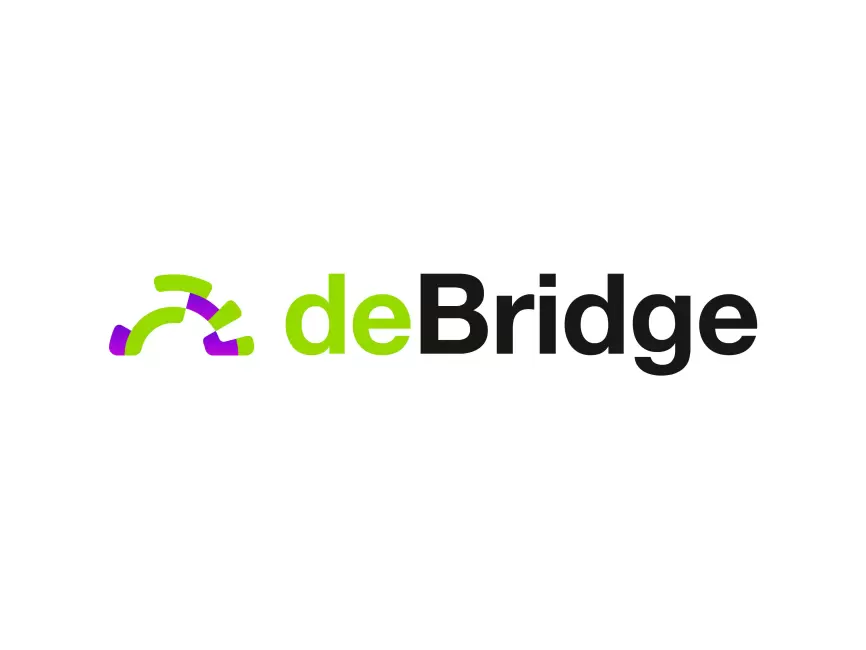Have you ever tried moving assets across different blockchains and felt like you were juggling flaming swords? Yeah, me too. It’s tricky, and honestly, it’s been a pain point in DeFi for quite some time. Wow! The complexity, the delays, the security risks—it’s enough to make anyone hesitate before hitting that “swap” button.
At first glance, cross-chain transfers might seem straightforward: send tokens from Chain A to Chain B. But dig a little deeper, and things get messy. There’s the issue of trust, the risk of hacks, and the sheer technical challenge of syncing different networks that don’t natively talk to each other. My gut told me there had to be a better way, something smarter that doesn’t sacrifice security for speed.
And so I stumbled on deBridge Finance. Initially, I thought it was just another bridge promising the moon. However, the more I explored, the more it became clear that deBridge isn’t your average bridge—it’s a robust, multi-chain protocol designed to make cross-chain swaps not only seamless but reliable and secure. Seriously, it feels like the “missing link” in DeFi’s evolution.
Here’s the thing. Most bridges rely heavily on centralized validators or custodians, which really bugs me because that single point of failure can lead to catastrophic losses. DeBridge Finance tackles this head-on with a decentralized network of relayers and validators who monitor and validate transfers in a trust-minimized way. Hmm… that’s a big deal.
What’s fascinating is how deBridge combines on-chain smart contracts with off-chain relayer infrastructure, making the whole process both fast and secure. The complexity is wrapped in a user-friendly package that doesn’t require you to be a blockchain engineer to navigate. Actually, wait—let me rephrase that, it’s kinda like having a backstage pass to multiple blockchains without the usual headaches.
Check this out—

Notice how the protocol separates the validation and execution layers, reducing attack vectors. This architecture really impressed me because it’s not just about moving assets; it’s about maintaining a secure environment throughout the entire process. On one hand, you want speed; on the other hand, safety. Though actually, deBridge manages to balance both pretty darn well.
Okay, so here’s why this matters for you if you’re someone who needs safe and quick cross-chain swaps. Whether you’re a trader juggling tokens across Ethereum, Binance Smart Chain, or Polygon, or a developer building multi-chain dApps, deBridge’s solution reduces friction dramatically. The protocol supports a wide range of assets and chains, so you’re not stuck with limited options.
One thing that caught me off guard was how deBridge Finance handles the issue of slippage and front-running. Their approach uses a combination of cryptographic proofs and incentive mechanisms for relayers, which minimizes those nasty surprises that can eat into your profits. It’s not perfect yet—nothing ever is—but it’s a solid step forward.
Now, I’m a bit biased because I’ve spent a lot of time in DeFi, but I gotta say, the user experience is surprisingly smooth. The interface doesn’t overload you with jargon, and the confirmations happen quickly without sacrificing the auditability of each transaction. Also, the community around deBridge is pretty active, which gives me more confidence in their ongoing development and security audits.
Something else worth mentioning is their approach to cross-chain governance. Unlike many bridges that rely on a handful of validators, deBridge has a decentralized governance model that evolves with the network. This means upgrades and security patches come with community consensus, reducing the risk of unilateral decisions that might compromise the system.
How deBridge Finance Sets Itself Apart in the Cross-Chain Space
So, what really differentiates deBridge from the crowd? For starters, it’s their emphasis on modularity. The protocol is designed so that new chains and assets can be integrated without overhauling the entire system. This flexibility is crucial because the blockchain space moves fast, and yesterday’s “hot” chain might be irrelevant in a few months.
Here’s where my curiosity kicked in again: how do they ensure security across such a diverse environment? Turns out, they use a layered security model involving on-chain smart contracts, off-chain verification by relayers, and cryptographic threshold signatures. The combination is robust, though admittedly complex under the hood.
And yes, complexity often scares people off, but the deBridge team has made the user-facing side intuitive. This is key because if cross-chain swaps remain convoluted, adoption stalls. I’m not 100% sure if they’ve nailed the perfect balance, but their current iteration feels very promising.
By the way, if you want to dive deeper or even try the platform yourself, I’d recommend checking out https://sites.google.com/mywalletcryptous.com/debridgefinanceofficialsite/. It’s got all the latest updates, tutorials, and technical docs that help demystify what’s going on behind the scenes.
One last thing: the team’s commitment to transparency is refreshing. They publish audits, community updates, and even post-mortems when things go sideways. This kind of openness builds trust, which, in the world of DeFi bridges, is worth its weight in gold.
Still, I can’t ignore that bridges, including deBridge, are not entirely risk-free. Smart contract bugs, economic attacks, or governance mishaps can happen. So, while I feel very optimistic, I’d always recommend users to do their own research and not move funds they can’t afford to lose.
That said, if you’ve been on the fence about cross-chain swapping because of security fears or clunky user experiences, deBridge Finance offers a compelling option that’s worth exploring. Its innovative architecture and community-driven approach could very well be the blueprint for the next generation of DeFi interoperability.
Anyway, that’s my two cents. I’m curious to see how this space evolves because safe, efficient cross-chain asset transfer is going to be a cornerstone of decentralized finance going forward. And honestly, deBridge Finance seems ready to play a starring role.
